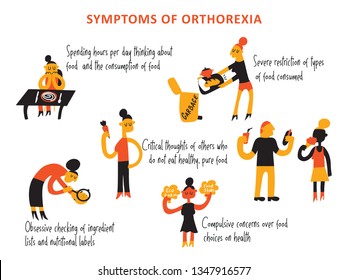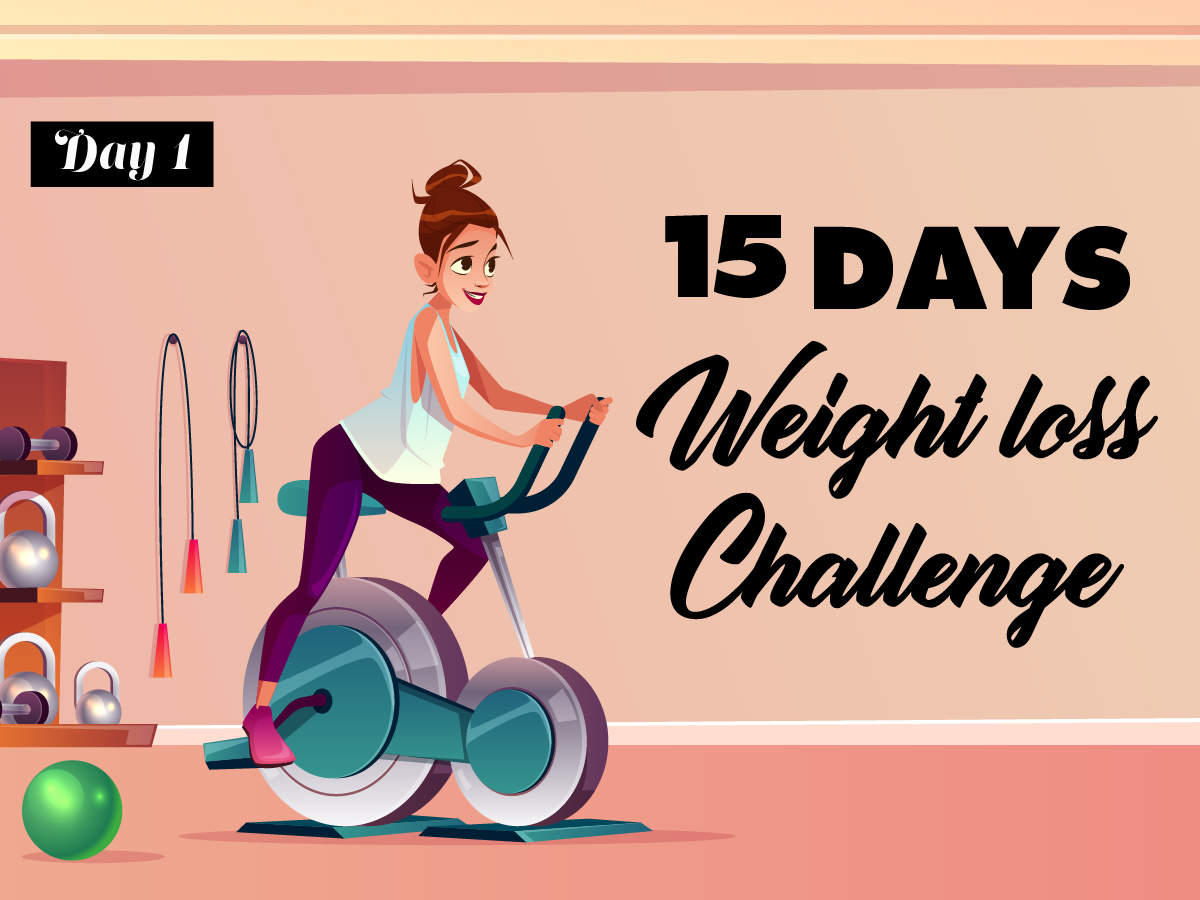
Paleo has no set rules, which is one of its greatest advantages. It is primarily a diet of plant foods and doesn't require detailed food records. This allows it to be modified to suit a variety of needs. However, there are some restrictions, including a complete ban on grains, most legumes, dairy products, and processed foods. This can lead to confusion for some people. However, it is always a good idea consult a doctor before beginning a new diet.
For starters, you should be aware of the foods that should be avoided. People who eat Paleo are more at risk of calcium and vitamin D deficiencies. These nutrients are important for maintaining healthy bones. Therefore, avoid processed meats as well as dairy, eggs, and sweetened foods. In addition, saturated fat can cause a variety of health conditions, including heart disease, diabetes, and certain cancers. These changes can be made if you are open to them.

The best source of vitamins and minerals is fruits and vegetables. They can have higher sugar levels than other fruits and vegetables. Paleo diets may even ban potatoes. Bananas, on the other hand are an excellent example of a food that is Paleo-friendly. A medium banana is 100 calories with 3 grams of fiber and 25 grams carbs, making it an ideal choice for paleo diets.
The Paleo diet is a great way to eat a variety of foods, but it can also be dangerous if you're not eating enough fiber. You will need to work extra hard to reach your recommended fiber intake of 35 grams per day for men and 25 grams for women, as well as the required fiber intake for Paleo. Before you start any new diet, it is important to consult a registered dietitian.
Paleo isn't for everyone. Before making the switch, there are a few things to be aware of. It is high in fruits and protein but also contains high amounts of fiber and fat. It is best to consume a high-protein diet, as it will lower your chances of developing diseases. There are benefits to this diet but it may not be for everyone. Although you may be obese or overweight, it's important that you experiment to discover what works best for your body.

Paleo's main benefit is its support for a healthy digestion system. This means that it helps the body grow the right kinds of bacteria. It keeps the body's barrier systems healthy. Inflammation is also reduced by the diet. This will help prevent an overactive immune response. A healthy digestive tract is a foundation for an immune system that is strong. It can also fight inflammation diseases. It can also reduce the risk of cancer, diabetes, and even heart disease.
FAQ
What is the healthiest lifestyle to life?
A healthy lifestyle means eating healthy foods, exercising regularly, sleeping well, and avoiding stress. If you follow these guidelines, you will be able to lead a long and healthy life.
Start small by changing your diet and exercising routine. You can lose weight by walking 30 minutes each day if you are looking to lose weight. If you're looking for a way to increase your activity, consider taking up swimming or dancing. You can also sign up for an online fitness program, such as Strava and Fitbit. This will track your activity.
What can you do for your immune system to improve?
The human body is composed of trillions if not billions of cells. Each cell is responsible for creating organs and tissues with specific functions. When one cell dies, another cell replaces it. Chemical signals, called hormones, allow cells to communicate with each other. Hormones control all bodily functions, including growth, development, metabolism, immunity and immune system.
Hormones, chemicals that are secreted throughout the body by glands, are chemicals. They travel through bloodstreams and act as messengers that control the function of our bodies. Some hormones are made internally, while others are created outside the body.
The hormone-producing glands release their contents into bloodstream. This is when hormone production starts. Once hormones become active, they move throughout the body until reaching their target organ. Sometimes hormones stay active for only a short time. Others hormones are more active and have a longer life expectancy. They can still influence the body's functions long after they are eliminated from the bloodstream.
Some hormones may be produced in large numbers. Others are produced in smaller amounts.
Some hormones are only produced at certain times in your life. Estrogen is one example. It's produced in puberty, pregnancy and menopause. Estrogen is important for women to develop breasts and maintain bone density. It also helps prevent osteoporosis. It promotes hair growth as well as keeping skin soft and smooth.
How can I tell what is good for me?
Listen to your body. When it comes to your body's needs for exercise, food, or rest, it is the best. You need to be aware of your body and not overdo it. Take care of your body and make sure that you're staying healthy.
Is cold a sign of a weak immune response?
Cold weather can cause a decline in your immune system. Your body produces fewer white blood cell which fight infection. You will feel less pain if you are cold.
Exercise: Good for immunity or not?
Exercise is good for your immune systems. Exercise increases white blood cell production, which helps fight off infection. You can also eliminate toxins from the body. Exercise helps prevent diseases like cancer and heart disease. It also reduces stress levels.
But, too much exercise can lead to a weakening of your immune system. You can cause muscle soreness by working out too hard. This can cause inflammation as well as swelling. To fight infection, your body will produce more antibodies. The problem is that these extra antibodies can cause allergies and autoimmune disorders.
So, don't overdo it!
What's the best diet?
Your age, gender, body type, and lifestyle choices will all impact the best diet. Consider how much energy and low-calorie foods you consume, as well as whether or not you are a fan of fruits and vegetables.
Intermittent fasting is a good option if you're trying to lose weight. Intermittent fasting is a way to eat only certain meals during the day instead of three large meals. This might be better for you than traditional diets, which have daily calorie counts.
Studies have shown that intermittent fasting can improve insulin sensitivity and decrease inflammation. This could lead to improved blood sugar levels, and a lower risk of developing diabetes. Intermittent fasting has been shown to promote fat loss as well as improve overall body composition.
How to measure body weight?
A Body Fat Analyzer will give you the most accurate measurement of body fat. These devices can be used to measure body fat percentages in people who are trying to lose weight.
Statistics
- nutrients.[17]X Research sourceWhole grains to try include: 100% whole wheat pasta and bread, brown rice, whole grain oats, farro, millet, quinoa, and barley. (wikihow.com)
- WHO recommends consuming less than 5% of total energy intake for additional health benefits. (who.int)
- WHO recommends reducing saturated fats to less than 10% of total energy intake; reducing trans-fats to less than 1% of total energy intake; and replacing both saturated fats and trans-fats to unsaturated fats. (who.int)
- In both adults and children, the intake of free sugars should be reduced to less than 10% of total energy intake. (who.int)
External Links
How To
What does the term "vitamins" mean?
Vitamins are organic compounds found naturally in food. Vitamins allow us to absorb nutrients from food. Vitamins cannot come from the body so food must provide them.
There are two types vitamins: water soluble or fat soluble. Water-soluble vitamins dissolve readily in water. Examples include vitamin C,B1 (thiamine), B2 (riboflavin), B3 (niacin), B6 (pyridoxine), folic acid, biotin, pantothenic acid, and choline. The liver and fat soluble vitamins are stored within the liver and in fatty tissue. Some examples include vitamin D and E, K, A and beta carotene.
Vitamins are classified according their biological activity. There are eight main groups of vitamins.
-
A - essential for normal growth and maintenance of health.
-
C is important for nerve function and energy production.
-
D - essential for healthy bones, teeth, and gums.
-
E is required for good vision and reproduction.
-
K - Required for healthy nerves and muscles.
-
P - Essential for strong bones and teeth.
-
Q - aids digestion and absorption of iron.
-
R is required for the production of red blood cells.
The recommended daily intake (RDA), of vitamins varies with age, gender and physical condition. RDA values are set by the U.S. Food and Drug Administration (FDA).
For adults over 19 years, the RDA is 400 mg per day for vitamin A. Pregnant women require 600 micrograms daily to support fetal development. Children ages 1-8 require 900 micrograms per day. Babies under one-year old require 700 mg per day. Between 9 and 12 years of age, however, this drops to 500 mg per day.
Children aged 1-18 years need 800 micrograms daily, while children overweight require 1000 micrograms per days. Children who are severely obese or underweight will need 1200 micrograms each day.
Children aged 4-8 years old who have been diagnosed as having anemia require 2200 micrograms of vitamin C per day.
Adults over 50 years of age need 2000 micrograms per day for general health. Breastfeeding or pregnant women require 3000 micrograms per daily due to higher nutrient demands.
Adults over 70 require 1500 micrograms each day, since they lose around 10% of their muscle mass every decade.
Women who are pregnant and lactating need more nutrients than the RDA. Pregnant women require 4000 micrograms daily during pregnancy, and 2500 micrograms every day after birth. Breastfeeding mothers need to consume 5000 micrograms every day when breastmilk has been produced.